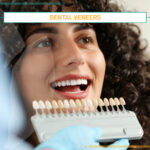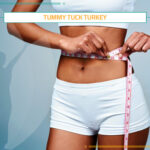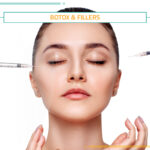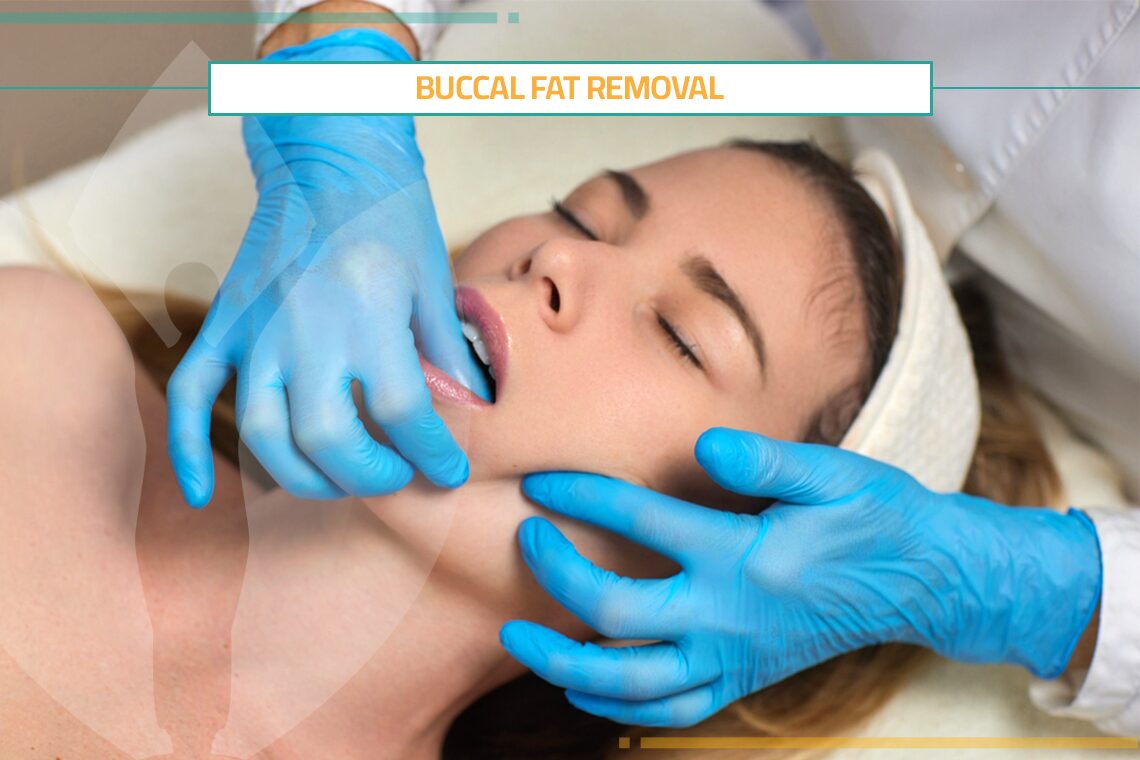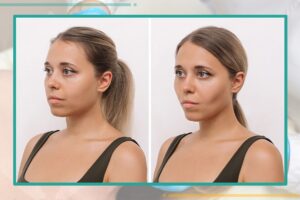What`s Buccal Fat Removal?
Buccal fat removal is an elective plastic surgery procedure intended to eliminate cheek fat, thereby enhancing the cheekbones and jawline and creating the illusion of a thinner lower face.
Buccal fat is a pad of adipose tissue (fat) that sits beneath each cheekbone in the cheek. Each person’s version and size of these pads is unique. A fuller face may be the result of increased fat in the buccal region.
By defining the cheekbones and producing a shadow contrast between them and the lower jaw, buccal fat removal can give the face a more V-shaped appearance and make it appear less rounder. Depending on the desired facial form, the surgery may involve removing all or part of the buccal fat. Buccal fat pads are permanent since they do not regenerate. But, if there is a large increase in weight, other fat cells in the face can swell.
It is possible to do buccal fat reduction in conjunction with other facial cosmetic surgery operations.
Buccal Fat Removal Near Me
These adipose pads change the shape of your face. The process of removing fat from this area of the face is known as buccal fat removal. This could bring focus to the features of your face, specifically the hollowed-out areas between your cheekbones and jawline. The procedure is also known as a cheek reduction.
FAQ`s about Buccal Fat Removal
How is buccal fat removal different from cheek liposuction?
Using a suction device and a thin tube, fat from the face is removed during cheek liposuction. Surgically removing the fat pad under the cheekbones is known as buccal fat removal. The ideal technique for addressing cheek fullness and facial contouring might be suggested by your plastic surgeon.
Is removing buccal fat beneficial for smile lines?
The grin lines, which run from the corners of the lips to the sides of the nose, may be emphasized by large buccal fat pads. While some people may experience less noticeable deep smile lines after eliminating buccal fat, this is not the intended outcome of the operation. A more durable treatment for deep smile lines is skin tightening via facelifts.
Who should get their buccal fat removed?
Buccal fat reduction is an elective operation because it is a matter of personal preference. Buccal fat reduction is an option for anyone who wants less of a rounder face or more pronounced cheekbones. Variations in outcomes across individuals can be attributed to subtle differences in their face structure and overall health. Speaking with a facial plastic surgeon can assist you in determining if the advantages of the treatment in your situation outweigh the hazards.
Buccal fat reduction may emphasize a narrow appearance and make a person who already has a narrow face appear extremely haggard. However, a fat or overweight person may not perceive the results of the surgery as much. Achieving the ideal weight before to the treatment helps better visualize the results of buccal fat removal and may help prevent an unduly hollow appearance if there is significant weight reduction in the future. This is because changes in weight can impact the volume of fat in the cheeks.
What Kind of Side Effects and Difficulties Exist?
Any scars won’t be noticeable because the incisions themselves are only 2-4 cm long and are made inside the mouth, from the cheek to the gum. This indicates that, in comparison to many other cosmetic treatments, this method is rather non-invasive. Even so, you’ll still have some swelling and light bruises; how much depends on your lifestyle and overall health. You should anticipate some minor discomfort in terms of pain, but any real pain should be managed by the medication that has been recommended to you. You should get in touch with your surgeon right away if this isn’t the case. As with most surgeries, there is a chance of infection. For this reason, it is crucial to adhere to all post-operative instructions to lower the likelihood of complications.
This technique carries some risk even though problems are not common. It has been noted by prior patients that there can be a permanent or prolonged loss of sensation along the incision lines (the area around the jaw and cheeks). Asymmetry and a “gaunt” appearance are further possible dangers, for which more cosmetic surgery is the only treatment. Due to the drugs taken, some individuals have also reported loss of eyelashes and eyebrows.
Like with any surgery, you should ideally have someone to look after you while you heal. For as long as two or three weeks, it is also recommended that you keep your head above water at all times, including while you sleep.
Buccal Fat Removal Surgery
What Steps Are in the Process of Removing Buccal Fat?
For cosmetic purposes, the buccal fat removal treatment entails surgically removing the buccal fat pads. People who find round face features and big cheeks bothersome are especially drawn to buccal fat reduction. A plastic surgeon is consulted to evaluate the patient’s state of health prior to the procedure, and expectations are guided. The following are the basic processes in removing buccal fat:
Application of anesthetic: The patient is given anesthetic before the procedure to make sure they are unconscious and pain-free.
Incisions: Usually in the cheeks’ natural creases, the surgical team makes a few tiny incisions inside the patient’s mouth. These surgical incisions are intended to remain undetectable from the outside and to heal without leaving noticeable scars.
Finding the Buccal Fat Pads: The surgeon makes incisions to reveal the buccal fat pads, which are found inside the cheeks. The fullness of the face is influenced by these fat pads.
Buccal Fat Pad Removal: The surgeon carefully excises the buccal fat pads to reveal a more defined and slender face.
Closure of Incisions: The surgeon uses sutures to seal the incisions following the removal of the buccal fat pads. These sutures aid in fast-tracking the healing process and helping to safely close the surgical site.
Buccal Fat Removal Before and After
It’s crucial to have a preoperative consultation with a plastic surgeon to assess whether the procedure is appropriate for the patient. The candidate’s health is assessed by the surgeon, who also discusses the possible dangers and expected results of the procedure. The patient receives information regarding the procedure and the method that will be employed. There may be health examinations and required testing, as well as a need to stop using tobacco products and some medications. It could also be necessary to abstain from food and liquids prior to the procedure.
There could be some negative effects following the procedure. It’s common to have slight discomfort, bruising, and swelling; these symptoms usually go away in a few days. Following surgery, it’s critical to get enough sleep, minimize strenuous activity, and follow the surgeon’s recommendations for rest and relaxation. Foods that are liquid and soft are added to the diet. The surgeon recommends suitable drugs to manage pain. After surgery, routine follow-up exams are performed to evaluate the healing process and handle any potential problems.
Using a suction device and a thin tube, fat from the face is removed during cheek liposuction. Surgically removing the fat pad under the cheekbones is known as buccal fat removal. The ideal technique for addressing cheek fullness and facial contouring might be suggested by your plastic surgeon.
Read about the benefits of ARTAS Robotic Hair Transplantation

